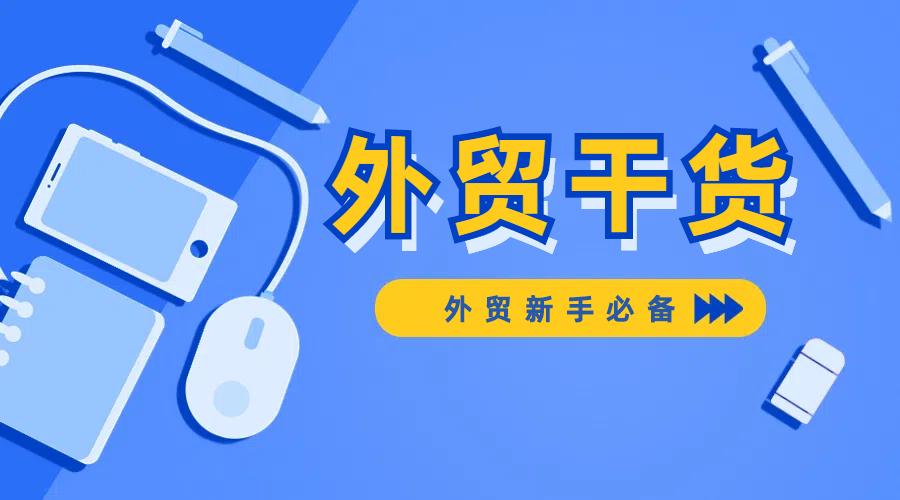 400-076-6558智领未来,外贸超级营销员
400-076-6558智领未来,外贸超级营销员
 400-076-6558智领未来,外贸超级营销员
400-076-6558智领未来,外贸超级营销员

In international trade, letters of credit (LCs) are one of the most trusted payment mechanisms—used by over 75% of global exporters to mitigate risk when dealing with unfamiliar buyers (World Bank, 2023). Yet, many new importers and exporters still struggle with understanding who does what in an LC transaction. For foreign trade order processors—especially those handling documentation, compliance, or shipment coordination—the clarity of roles is not just helpful—it’s essential.
| Party | Role | Primary Responsibility |
|---|---|---|
| Applicant (Importer) | Requests the LC from their bank | Pays deposit, ensures contract terms match LC, pays upon presentation of documents |
| Issuing Bank (Import Country) | Creates and guarantees payment | First-party liability—must pay even if applicant defaults |
| Beneficiary (Exporter) | Receives funds via LC | Verifies LC terms vs. contract, ships goods, submits compliant documents |
| Advising Bank (Export Country) | Notifies beneficiary of LC | Confirms authenticity—no payment obligation |
| Negotiating Bank | Buys documents before final payment | Provides advance funding—claims reimbursement from issuing bank |
| Confirming Bank | Adds its own guarantee to LC | Acts as backup if issuing bank fails—common in high-risk markets like Africa or Middle East |
| Paying Bank | Executes payment per LC instructions | Final payment authority—once paid, it’s irrevocable |
A German automotive parts supplier once lost €18,000 because the LC didn’t specify whether they needed to include a Certificate of Origin. The buyer’s bank rejected the documents—not due to quality issues, but because the clause was missing. This wasn't a technical error—it was a failure to understand the responsibility of each party. The advising bank should have flagged this during verification, and the exporter should have cross-checked against the original contract. In such cases, having clear role definitions prevents costly delays and disputes.

No—once issued, changes require written consent from all parties. Any amendment must be formally notified and accepted by the beneficiary.
If the issuing bank fails to pay, the confirming bank (if present) steps in. Otherwise, the exporter may need legal recourse—but this often takes months and incurs fees.
Always run a full LC checklist before shipping: verify currency, amount, validity period, required documents, and any special clauses like "partial shipments allowed." One client in Vietnam saved $7K by catching an incorrect Incoterms clause early—this kind of diligence separates successful exporters from those stuck in dispute resolution.
Need help decoding your next LC? Whether you're preparing documents or reviewing terms, understanding these roles is the first step to avoiding costly mistakes—and securing faster payments.
Download Our Free LC Checklist PDF.png?x-oss-process=image/resize,h_100,m_lfit/format,webp)
.png?x-oss-process=image/resize,h_100,m_lfit/format,webp)

.png?x-oss-process=image/resize,h_100,m_lfit/format,webp)
.png?x-oss-process=image/resize,h_100,m_lfit/format,webp)
.png?x-oss-process=image/resize,h_100,m_lfit/format,webp)
.png?x-oss-process=image/resize,h_100,m_lfit/format,webp)
